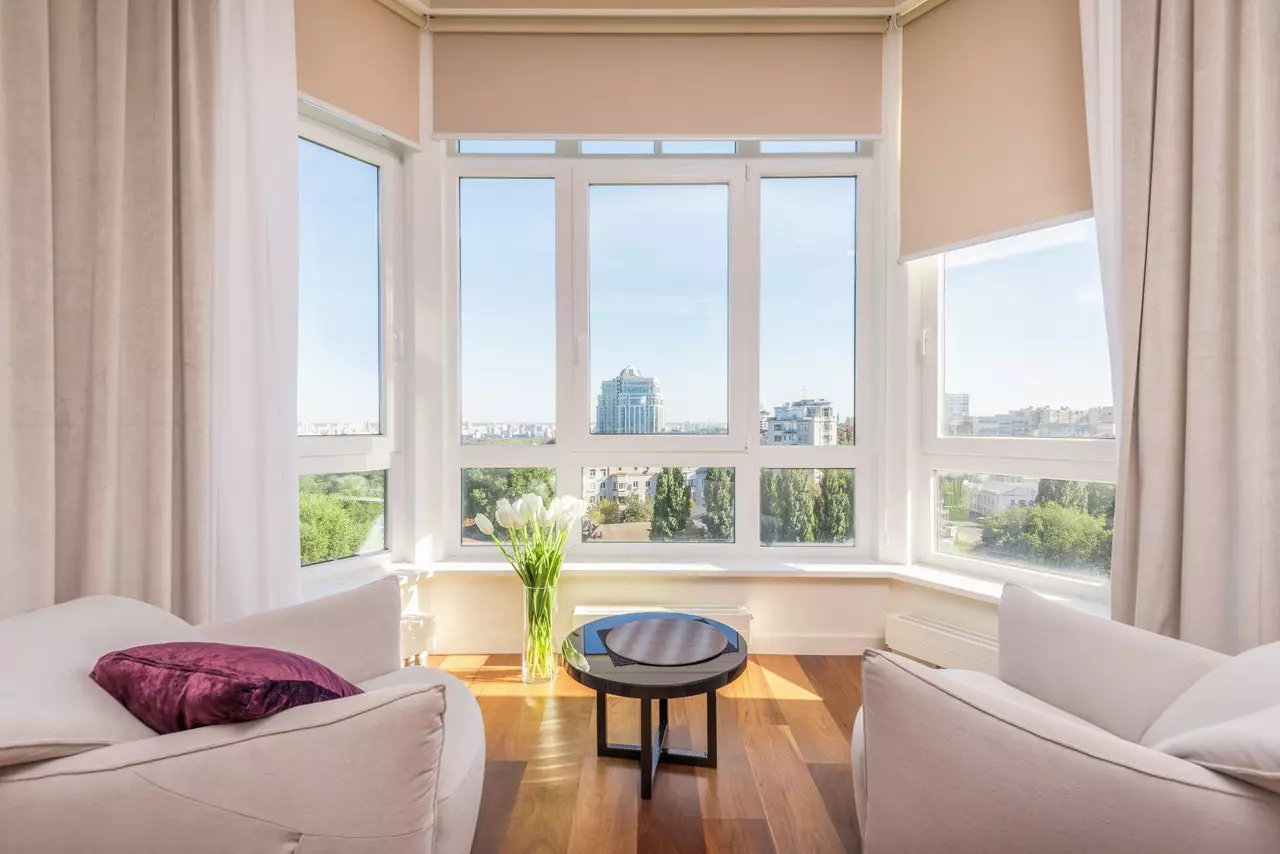Blog
Blog

Doors
Windows
10 Ways to Stop Window Condensation Overnight
Condensation on windows in Winnipeg commonly happens, especially during winter. Condensation forms when moist, hot air inside the house comes in contact with the cool surface of window panes. During condensation, water vapor is converted to water droplets that attach to any solid object such as windows. Condensation on windows is natural, but not doing anything about it could prove to be harmful in the long run. The good news is, it’s possible to get rid of window condensation overnight. And with proper house routines and the right windows, you can prevent condensation from becoming a huge problem.
Doors
Windows
Understanding Replacement Windows Energy Efficiency Labels
Modern PVC windows are labeled with energy efficiency ratings. Just like when buying a new car, your car will have its fuel efficiency rating tested and labeled on the window, so do the windows that you buy and install in your house. So, what do all those energy star ratings mean? Don’t get bogged down, once you know what to look for in a label, everything will seem easy and clear.
Windows
6 Energy Efficiency Upgrades For Replacement Windows
Shopping for new windows can be exciting but after researching the web for a couple of hours you can easily get exhausted by the amount of information that is available. We will explain the different energy efficiency upgrades that you can make to increase the Energy Star rating of your new windows in Winnipeg.
Windows
How to measure for replacement windows? The need for home window replacement
Measuring for window replacement involves obtaining accurate measurements of your existing window openings to ensure the new windows fit properly. Here's a step-by-step guide on how to do it: Tools you'll need: Tape measure (preferably a metal one for accuracy). Pen/pencil and paper or a note-taking device. Step 1: Measure width Start by measuring the width of the window opening at three different points: the top, middle, and bottom. Measure from the inside of the window frame or jamb on the left side to the inside of the frame on the right side. Note down the smallest measurement. This will be the width of the window you need. Step 2: Measure height Next, measure the height of the window opening at three different points: the left, center, and right. Measure from the inside of the window frame or jamb at the top to the inside of the frame at the bottom. Note down the smallest measurement. This will be the height of the window you need. Step 3: Measure depth Measure the depth of the window frame from the interior to the exterior trim. This measurement is crucial to ensure the new window will fit properly in the existing opening. Consider the wall thickness Measuring from left to right and from bottom to upper frame is a good start but you also need to know how thick your wall is. Imagine your wall is about 7 inches thick and your new windows are only 3 ¼ inches thick. You will have about 3 ¾ inches of bare wall that you will have to cover somehow. The best way to measure the thickness of your wall is by opening your window and measuring the thickness of your wall. Try to align your measuring tape to the inside of your wall and run the tape out the window until you cover the whole depth of the wall. Now you have an approximate measurement of your wall. Some old windows may not open at all. If your window is too old or if the crank opener is broken and there is absolutely no way for you to open your window to measure your wall, then you can use your entrance door to do the job. Open your door and find the frame of your door. Measure the depth of your door from left to right. Usually, door depths are about 4-6 inches in Manitoba but you may get different numbers. Whatever is your number, that is the depth of your door frame and most likely that would be the depth of your wall as well. Step 4: Check squareness To check if the window opening is square, measure the diagonals from the top left corner to the bottom right corner and from the top right corner to the bottom left corner. If both diagonal measurements are the same or very close, the opening is square. If they differ significantly, it may indicate that the opening is not perfectly square, and you should take note of the larger measurement. Step 5: Consider window type Decide on the type of window you want to replace your existing one with (e.g., single-hung, double-hung, casement, sliding, etc.). Different window types have different installation requirements, so be sure to consult the manufacturer's guidelines or a professional for specific measurements based on the window type you choose. Step 6: Ordering the replacement window When ordering the replacement window, provide the measurements you obtained. Be sure to order windows with dimensions that match the smallest width and height measurements to ensure a proper fit. Some window manufacturers may ask for the exact measurements of the window frame, while others will automatically deduct a certain amount to account for installation clearances. Be clear on the ordering instructions or consult with the supplier to avoid any confusion.
Windows
Window installation cost in Winnipeg. How much should you expect to pay to have a window installed?
The cost of window installation in Winnipeg can differ significantly, depending on the size and type of window. To get an accurate quote, ask the window installation company to visit your home and provide detailed cost estimations based on what they see. Window replacement costs may include installation supplies like vinyl replacement frames or hard-coated glass (as opposed to tempered glass). Each project is different but these materials tend to add about $100-$200 each.
Windows
Energy Efficient windows rebate from Efficiency Manitoba
Today is perhaps the best time to install new windows and doors to claim an additional $50 per window in addition to $250 Greener Homes Grant. To be able to qualify for the Efficiency Manitoba rebate of $50, the windows you purchase and install has to:
Windows
Window Prices in Winnipeg: Cost of replacing windows
How much does it cost to replace your windows in Winnipeg? It will depend on the type of the window, how many panes of glass and most importantly the contractor. Window prices in Winnipeg.
Windows
Window Installation Cost in Winnipeg
Casement window installation cost starts from $500 and go up to $1400. Awning windows start from $550 and go up to $1400. Single and double sliders start from $450 and go up to $1200. Single hung and double hung windows range from around $500 an $1250.
Windows
